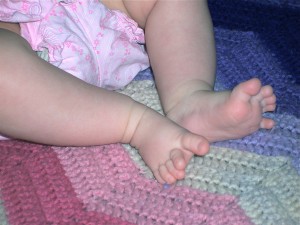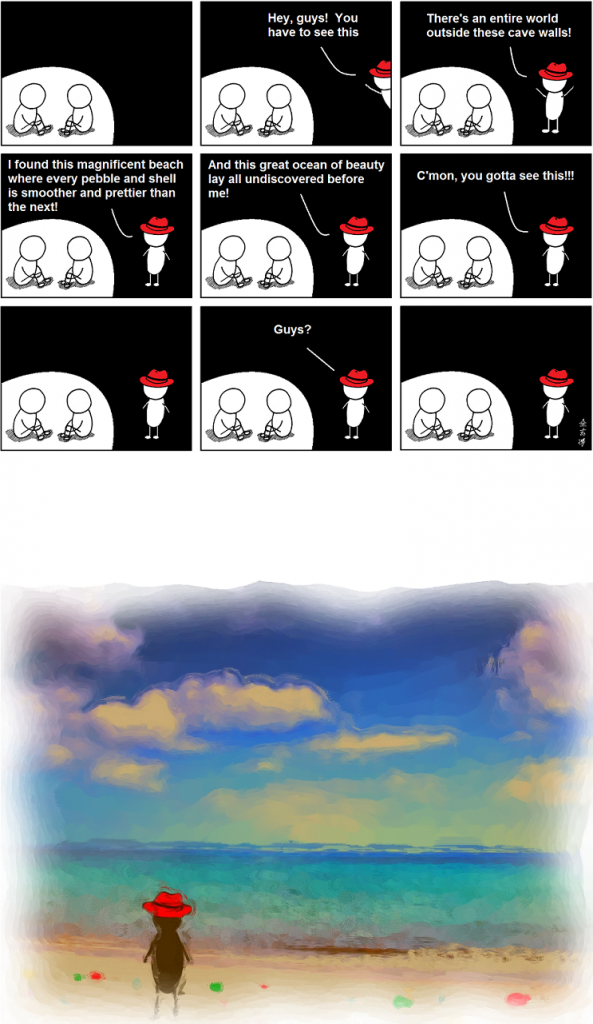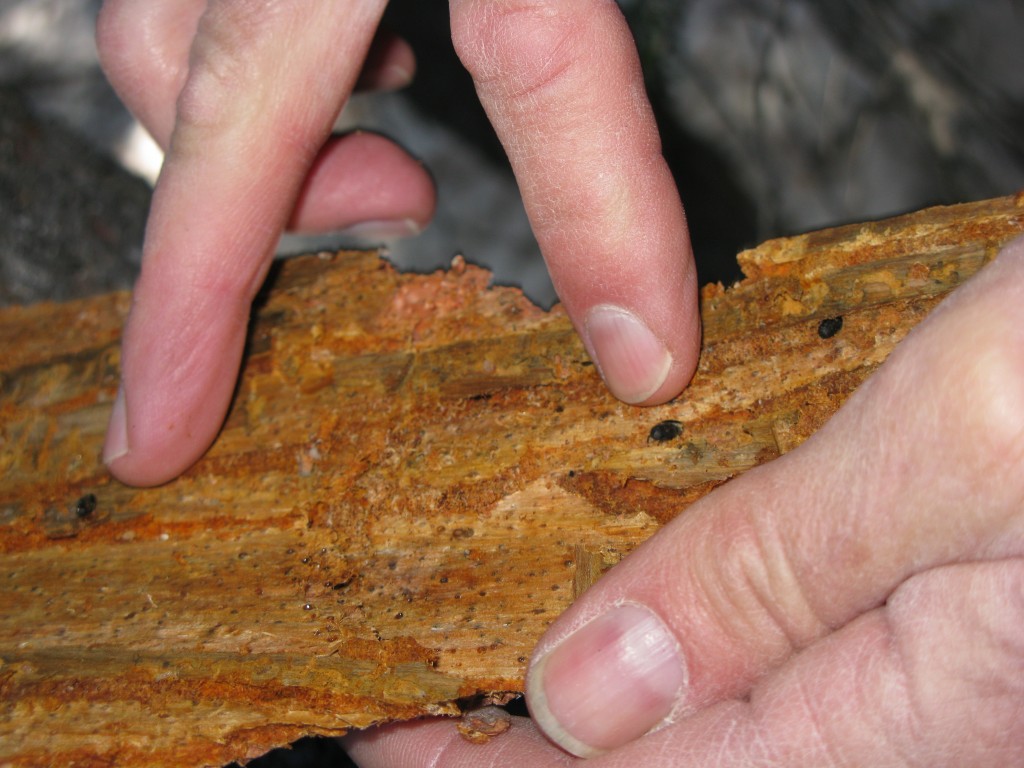 When antiretroviral drug cocktails hit the scene in 1996, they were so effective they became known as ‘the Lazarus drug.’ Many AIDS patients recovered seemingly overnight. Over the past 15 years, these drugs have saved the lives of millions of people infected with HIV. Several new studies suggest antiretrovirals could save millions more if we start using them for prevention as well as treatment.
When antiretroviral drug cocktails hit the scene in 1996, they were so effective they became known as ‘the Lazarus drug.’ Many AIDS patients recovered seemingly overnight. Over the past 15 years, these drugs have saved the lives of millions of people infected with HIV. Several new studies suggest antiretrovirals could save millions more if we start using them for prevention as well as treatment.
Last July, researchers reported that a vaginal gel laced with an antiretroviral called tenofovir reduced HIV acquisition among South African women by 39% overall and by 54% in women who used the gel faithfully. Then, in November, a separate team of researchers reported that an oral antiretroviral pill taken daily reduced the risk of HIV infection among men who have sex with men by 44%. This year, on May 11, researchers announced the results of another study. They found that HIV-infected individuals — both men and women — who took antiretroviral drugs were a whopping 96% less likely to pass the virus on to their partners than individuals who didn’t take the drugs. The results are preliminary, but Myron Cohen, the HIV researcher who led the study and spoke on Monday at the New York Academy of Sciences, said he is confident that the large effect will hold.
These fantastic results beg the question: Can we drug our way out of the HIV epidemic? Continue reading







